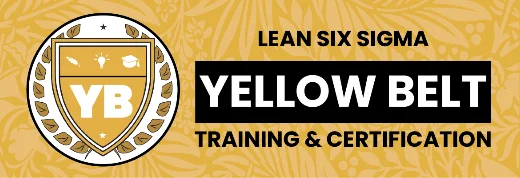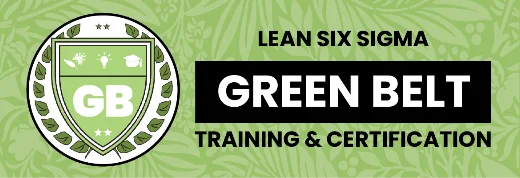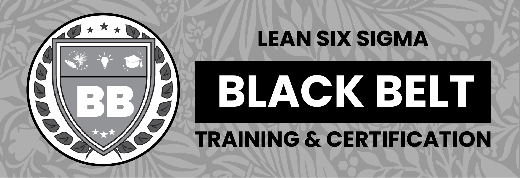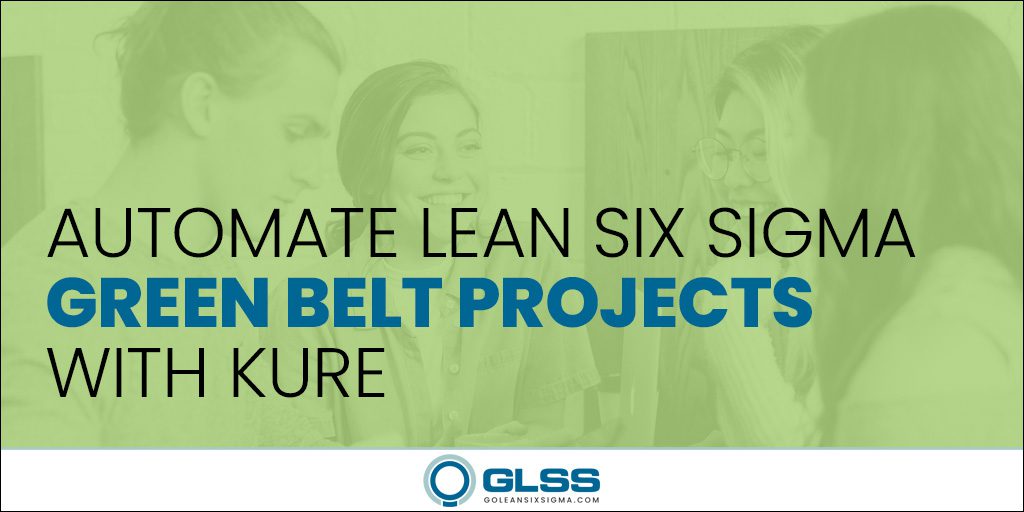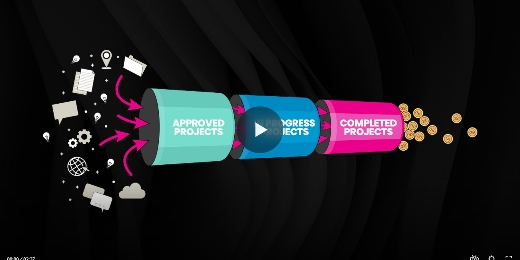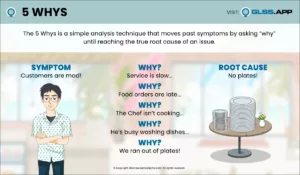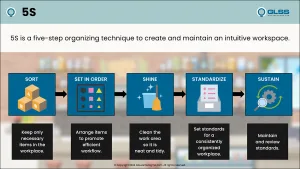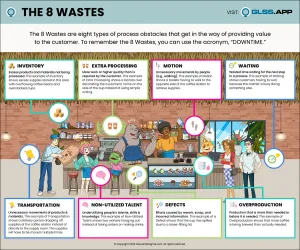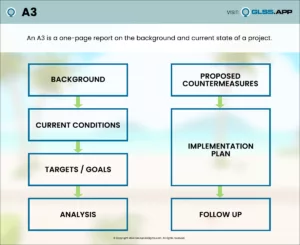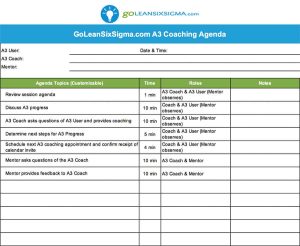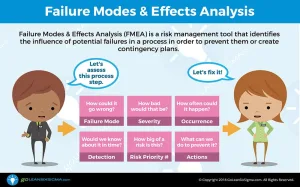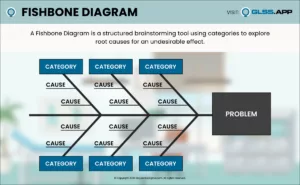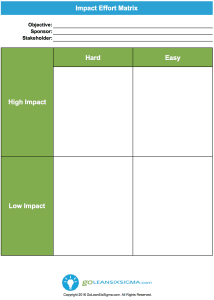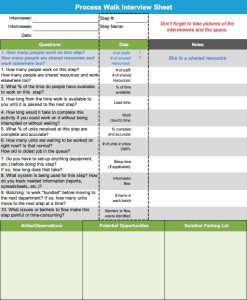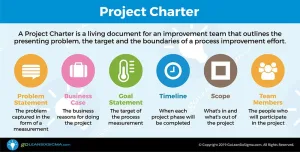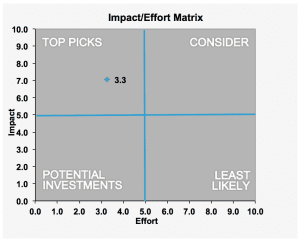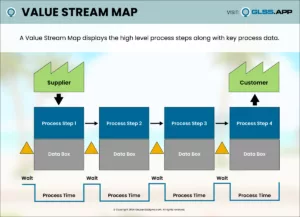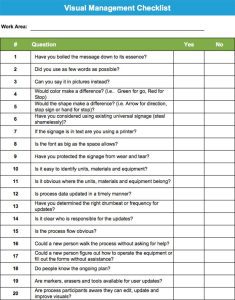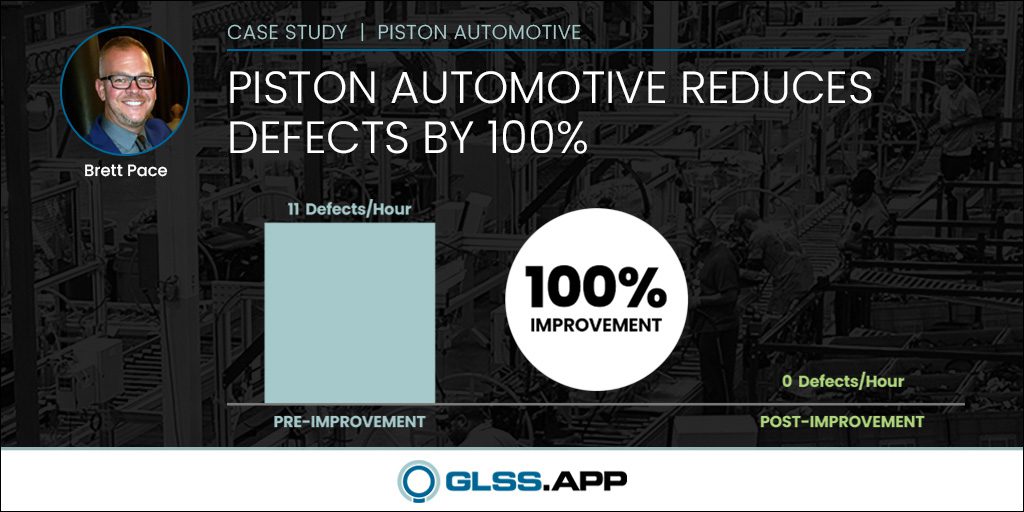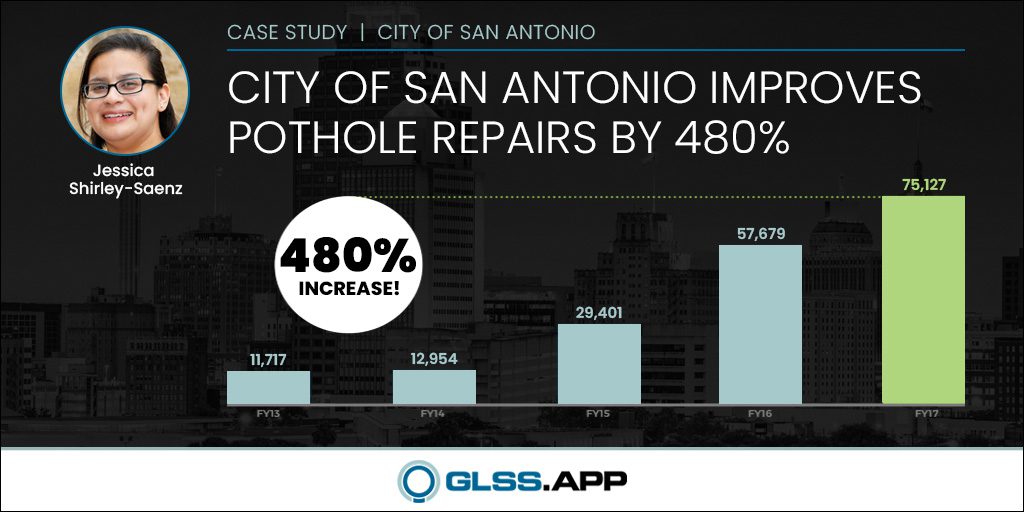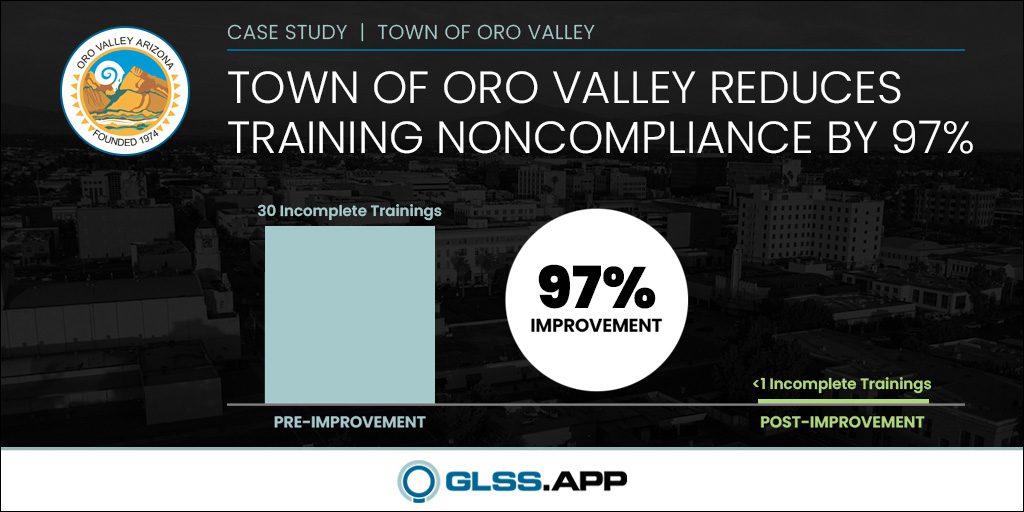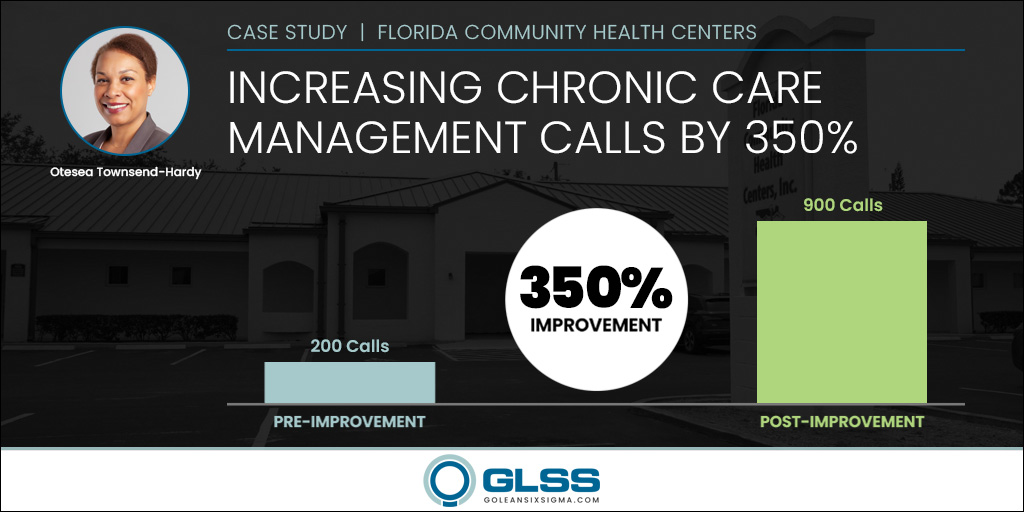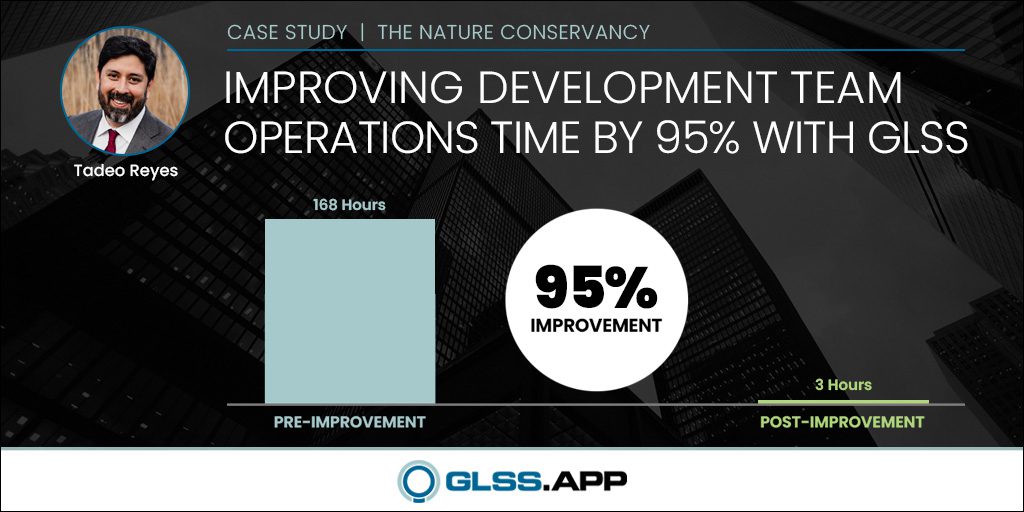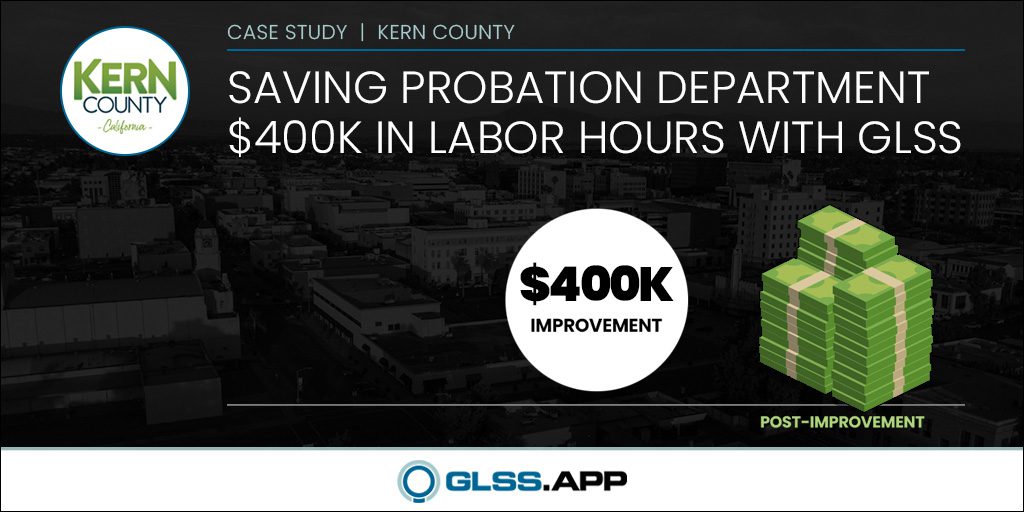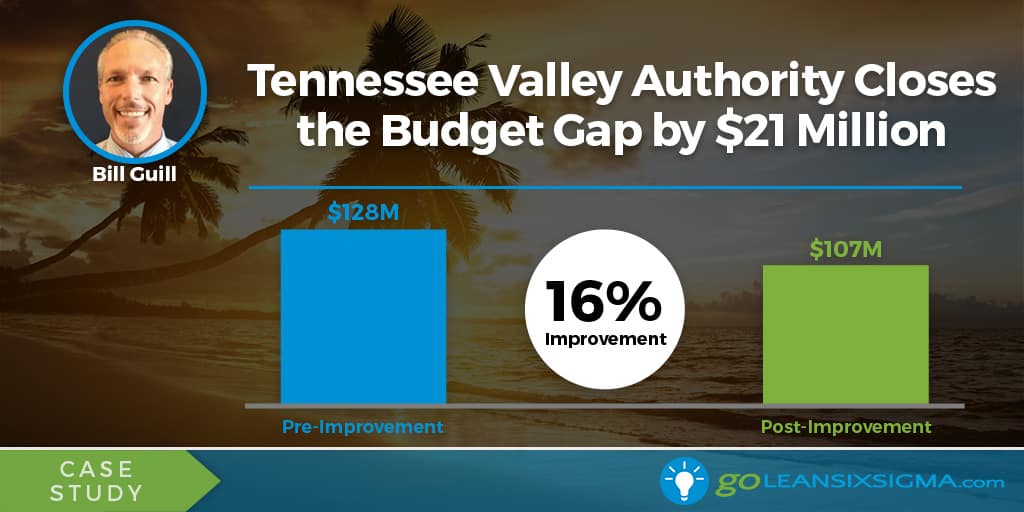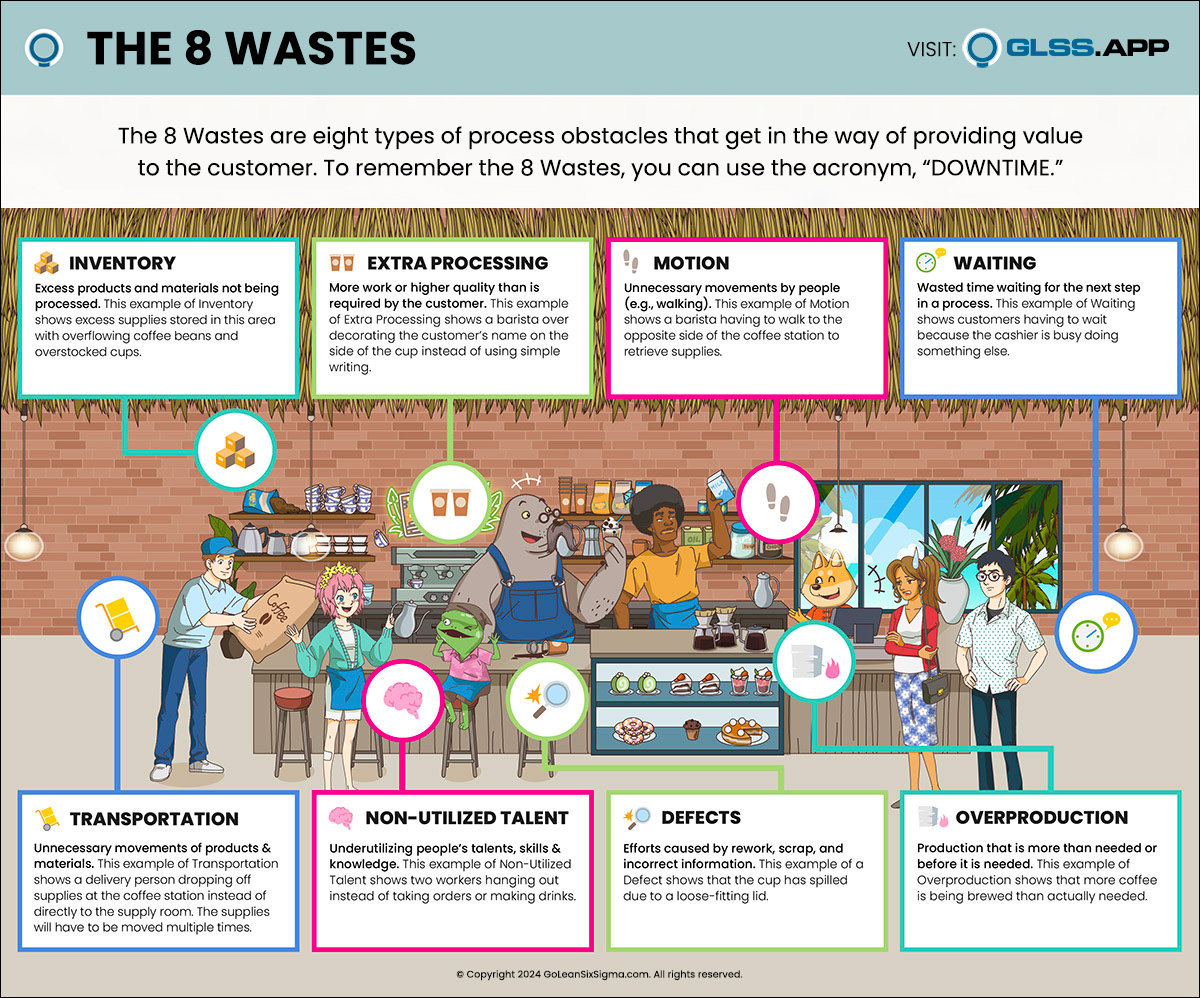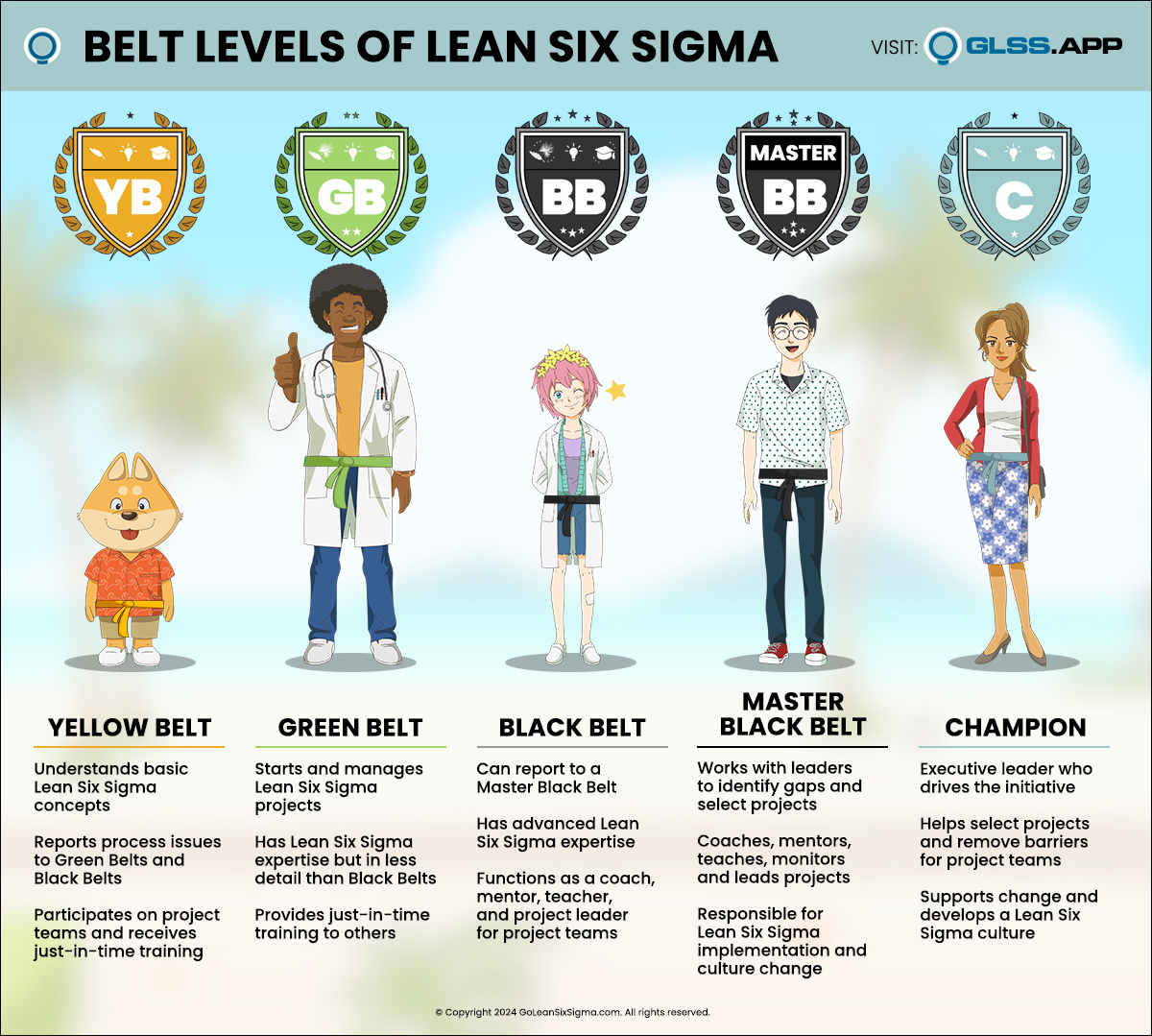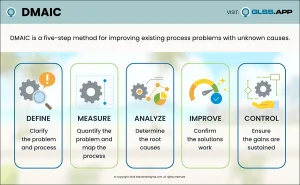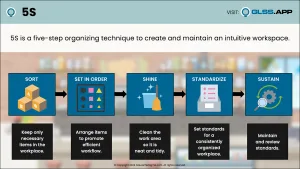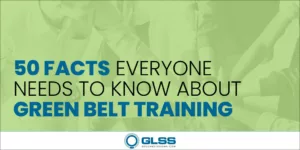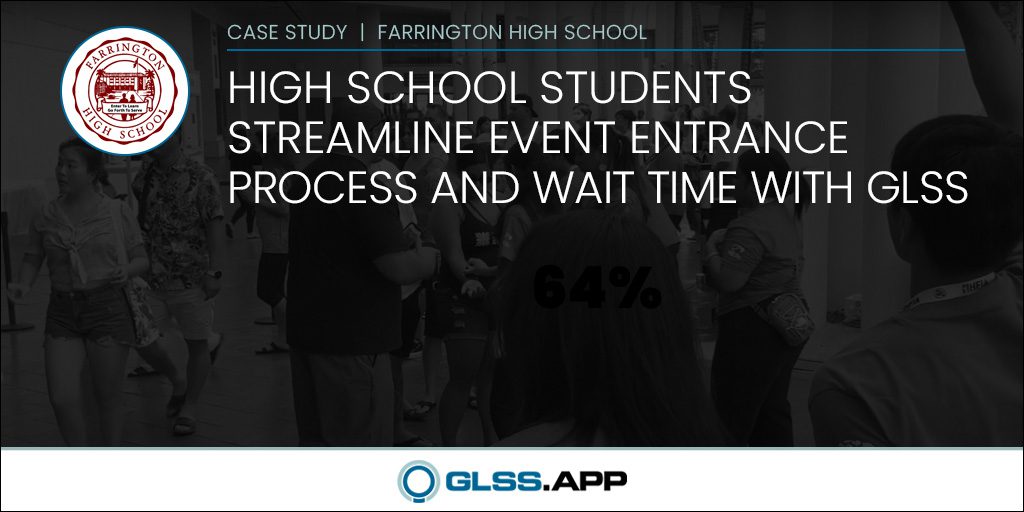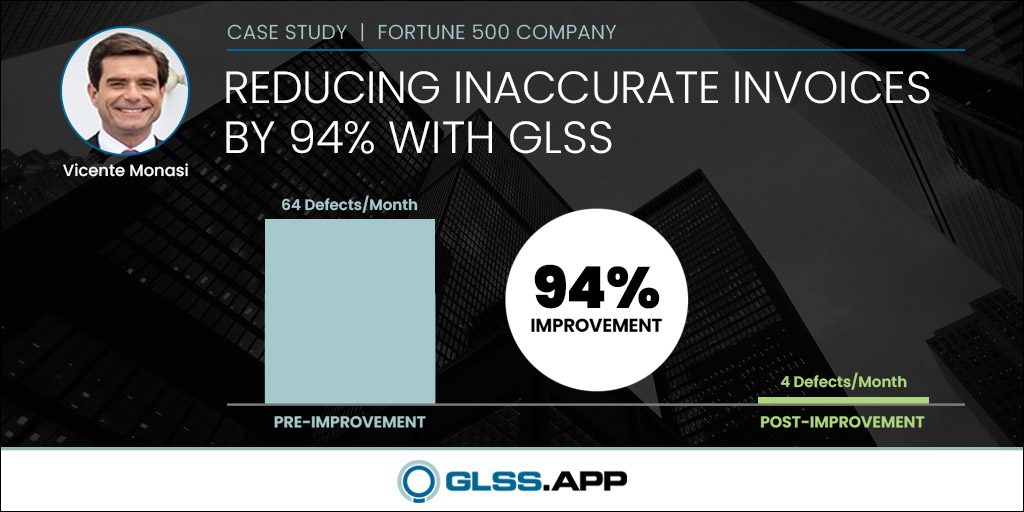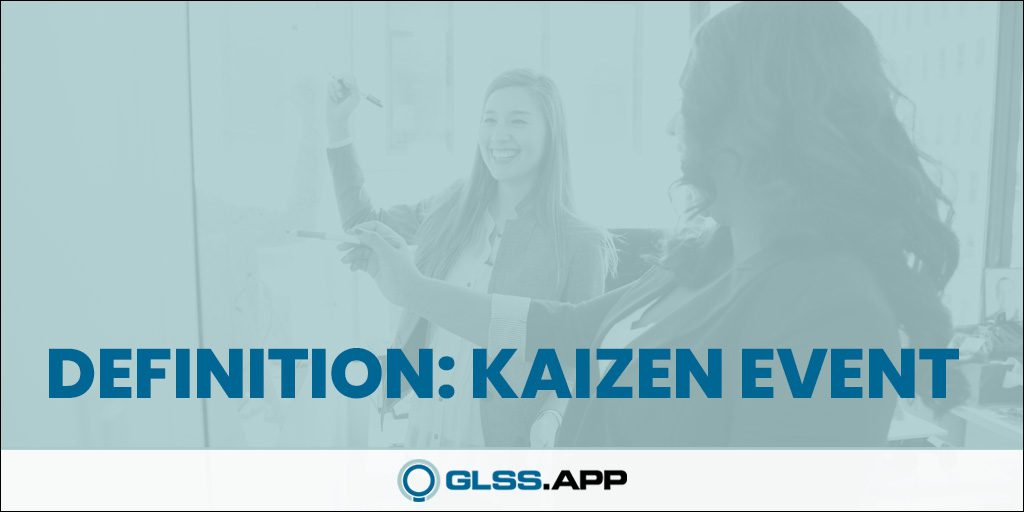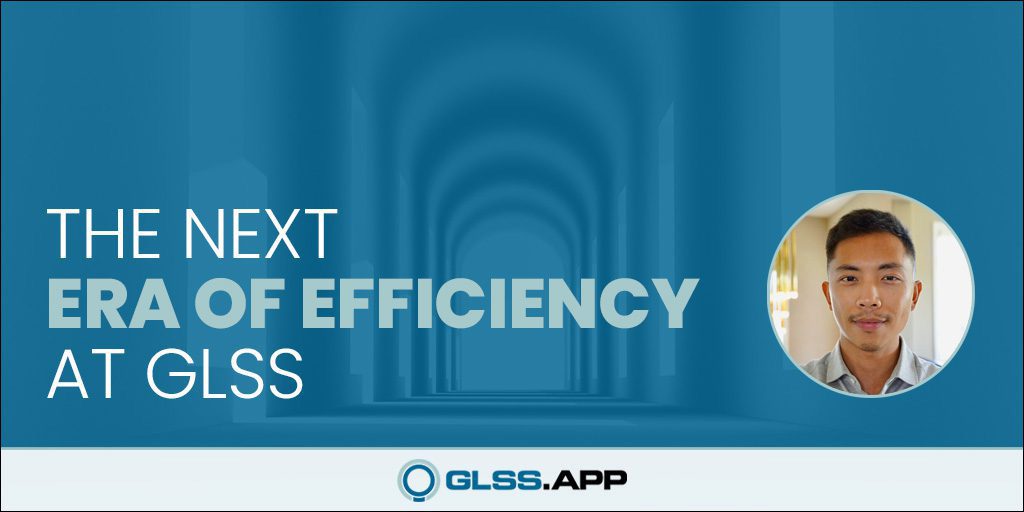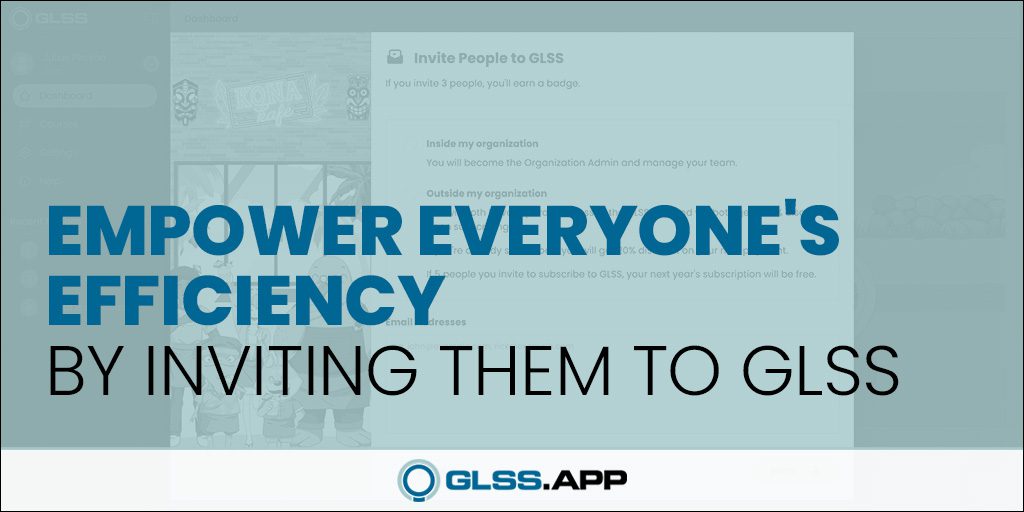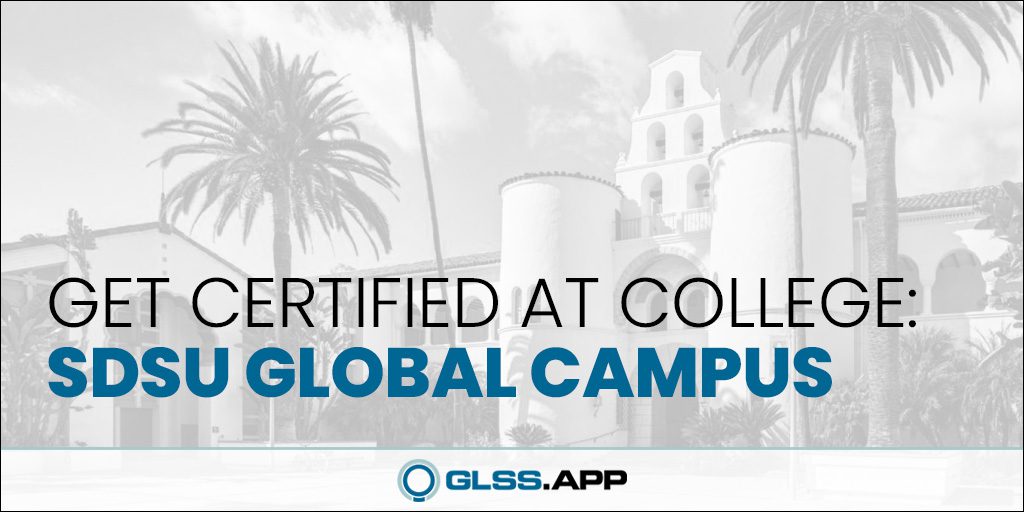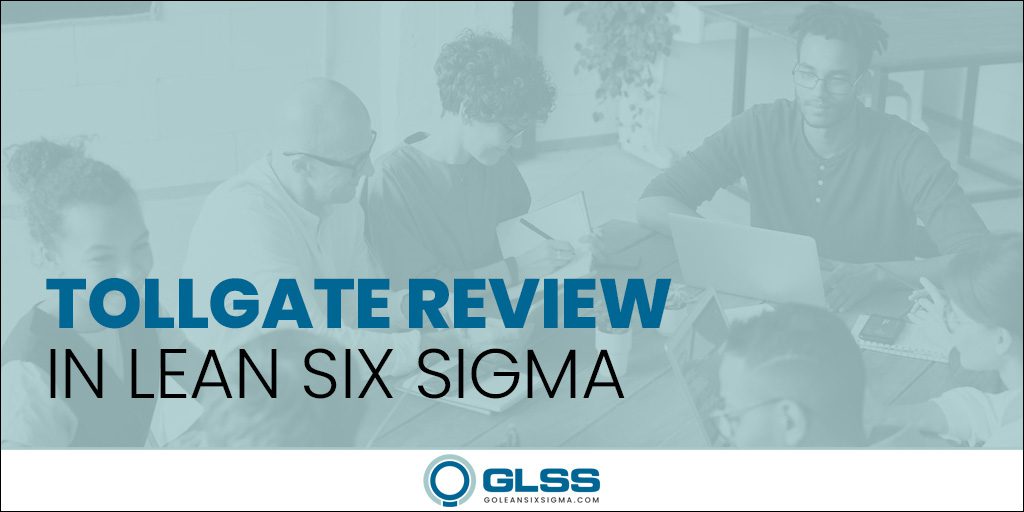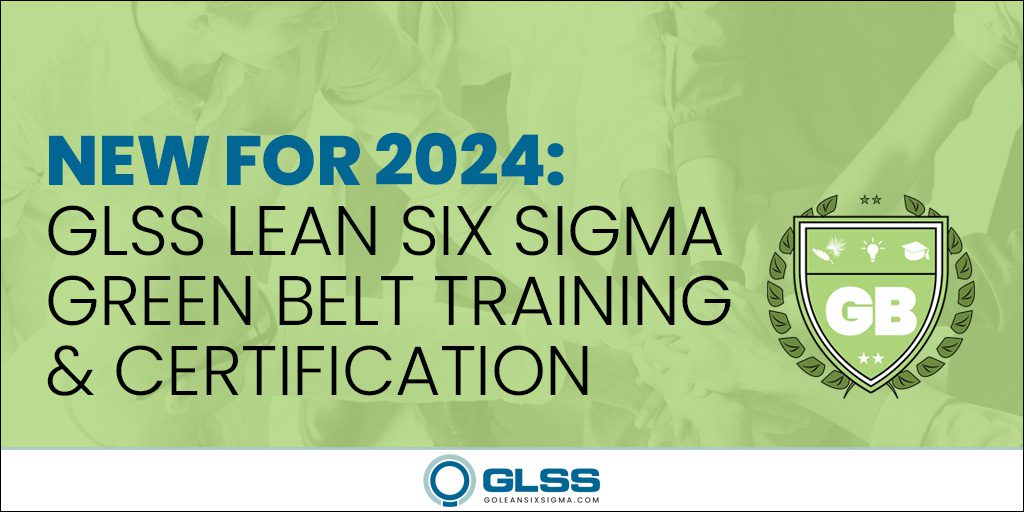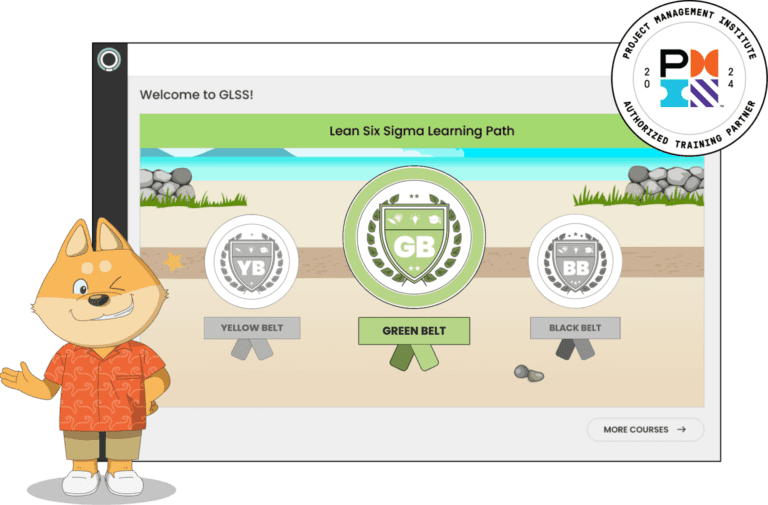Lean Six Sigma Success Story: LA County Reduces Election Day Troubleshooting by 78%, Featuring Matt Newhouse
Home » Case Study » Lean Six Sigma Success Story: LA County Reduces Election Day Troubleshooting by 78%, Featuring Matt Newhouse
Florida
Healthcare
Patient Care
350%
LA County Registrar/Recorder County Clerk is improving the flow of Election Day. Watch this 30 minute success story on how Matt Newhouse reduced waste to speed up troubleshooting during elections.
THE CHALLENGE
LA County has a squad of Election Day Troubleshooters who are at-the-ready to open polling areas if anyone gets sick, supply precincts with ballots if they run short, fill-in for no-shows and generally keep democracy functioning. But in reality, they were spending too much time in their cars navigating between precincts and not enough time helping voters. Many of these volunteers were part of the training team working for the Registrar-Recorder County Clerk so when Staff Development Specialist Matt Newhouse initiated an “Idea Board” they were ready with suggestions.
The first Idea Board submission was titled “Troubleshooter Maps” and it went to the heart of the problem. Each Troubleshooter was responsible for an area containing up to 130 precincts. In between requests they visited their polling areas but that posed a dilemma. They were each given a “Green Book” containing a numbered list of all the precincts (not just for their area), and the addresses of each one. But they had no idea how far away the precincts were from each other or what constituted the “middle” of their assigned area. They wanted to stay ready to respond to emergencies.
Since Matt was responsible for educating all the Troubleshooters, he saw an opportunity for a Lean Six Sigma project.
THE DISCOVERY
Matt’s team wanted to get a baseline of how the Troubleshooters serviced their assigned areas. To understand their “As Is” process, the team conducted a survey asking, “If not dispatched on assignment, how do you choose the next polling place to visit?” And the results were illuminating:
Randomly selecting a precinct, which accounted for 30%, was no better than visiting them in numerical sequence, which accounted for 19%. The precinct numbers were not in geographical order. The fact that 24% were creating their own maps probably helped, but the areas were so large, they could only make limited maps, and if they were dispatched out of their area, the maps became useless.
In order to understand the amount of travel involved in canvassing the polling places, Matt and his team measured 25 of the 50 Troubleshooters to assess a typical amount of travel by car. They created a Spaghetti Map of their routes and discovered that, on average, they were traveling 20 miles each and spending 46 minutes in their vehicles. In the example below, the driver got lucky and randomly found 2 precincts sitting next to other precincts.
As Is “Spaghetti Map” of TroubleShooter Driving Patterns
The result was a waste of time driving, sitting in traffic and thumbing through Green Books; a waste of gas; and a waste of intellectual capital since the drivers were of no use to voters while they were on LA freeways. When considering the entire squad of 50 Troubleshooters, they were driving a total of 1,760 miles during an election. That would be like driving from Redding, California to Seattle and immediately turning around to drive right back to Redding. Enough!
THE IMPROVEMENTS
The TroubleShooters who suggested the idea collaborated with Matt’s team to come up with a color-coded area map for each Troubleshooter. The colored areas turned the maps into visual workspaces that cut down on the “Where’s Waldo” aspect of searching for precincts. The maps made it easy to find the center of each assigned area and they listed only their polling areas right on the map. Their struggles leafing through the previous Green Book led them to 5S each person’s precinct list and remove all the unnecessary precincts.
They initially developed maps with paper instead of a digital versions, since paper doesn’t crash, run out of batteries, or loose connections. They highlighted all the areas that contained multiple precincts so they could make the most of each trip. Drivers were able to write notes directly on their maps, “must return with supplies,” etc. The resulting Spaghetti Map of a typical election day looked more like the one below:
Improved Spaghetti Maps of Troubleshooter Driving Routes
The new maps helped drop the average travel time from 46 minutes down to 10 minutes per Troubleshooter. Multiplied by the squad of 50 Troubleshooters, they eliminated 30 hours behind the wheel. Which means 30 hours dedicated to responding to dispatchers and helping out at the polls. Using their power for good!
What’s Next?
Matt, the team and the Troubleshooters were energized and proud. They agreed to start working on a smartphone app to help the drivers even more. Matt learned that taking ideas from the Idea Board—and taking the first one submitted— built immediate buy-in and excitement. Working with the people affected by the process resulted in better solutions and using the data to educate others about the need for improvement was crucial. For his next project he’s looking for processes with lots of hand-offs and he’s ready and armed with critical tools like the 5 Whys. Onward!
Register for Your Green Belt Training & Certification!
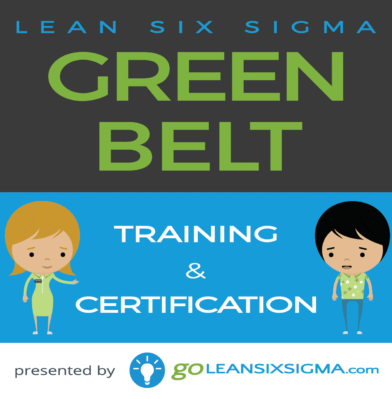
Plus, get $84 in bonus content for FREE with purchase.
- The Ultimate Lean Six Sigma Template Toolkit (100+ templates) ($49 value)
- eBook – The Problem-Solver’s Toolkit ($9 value)
- Go-Getters Guide to DMAIC ($14 value)
- Super Simple Lean Six Sigma Glossary ($12 value)

